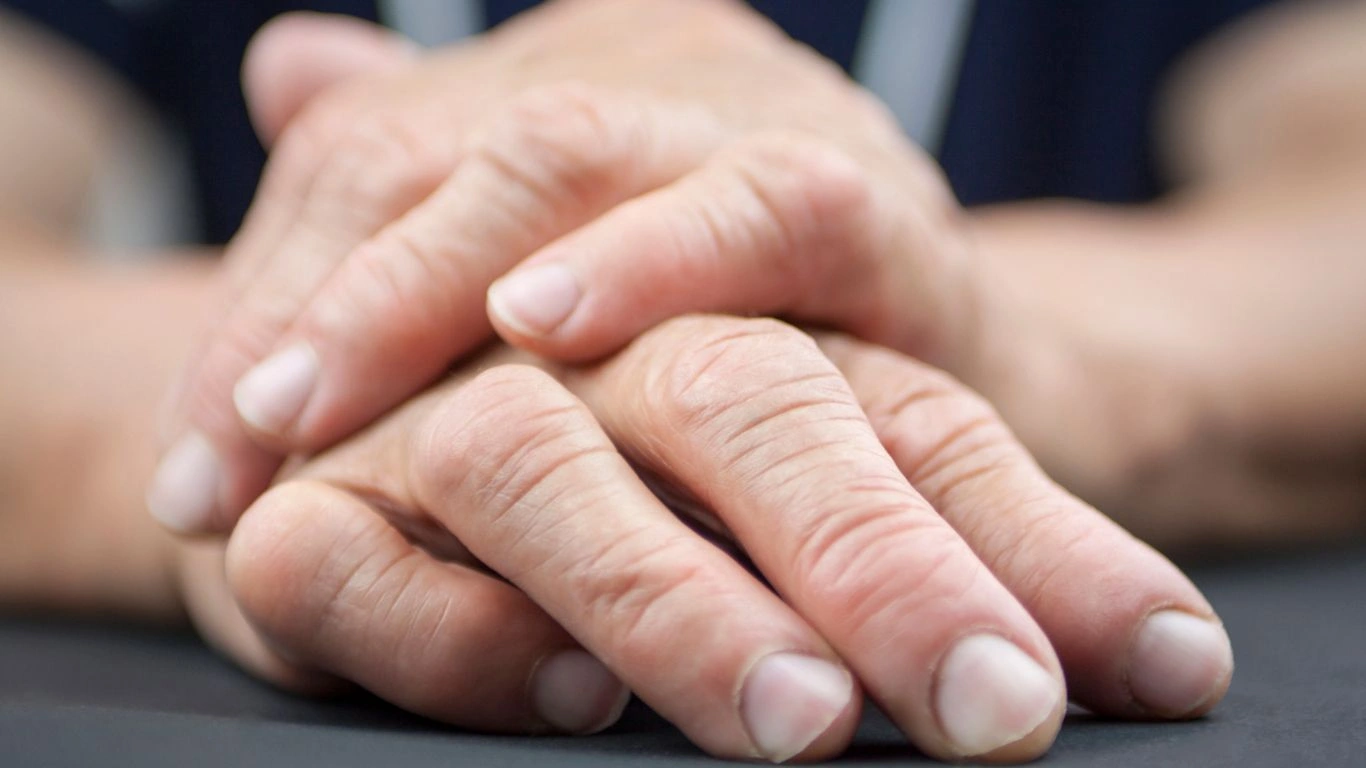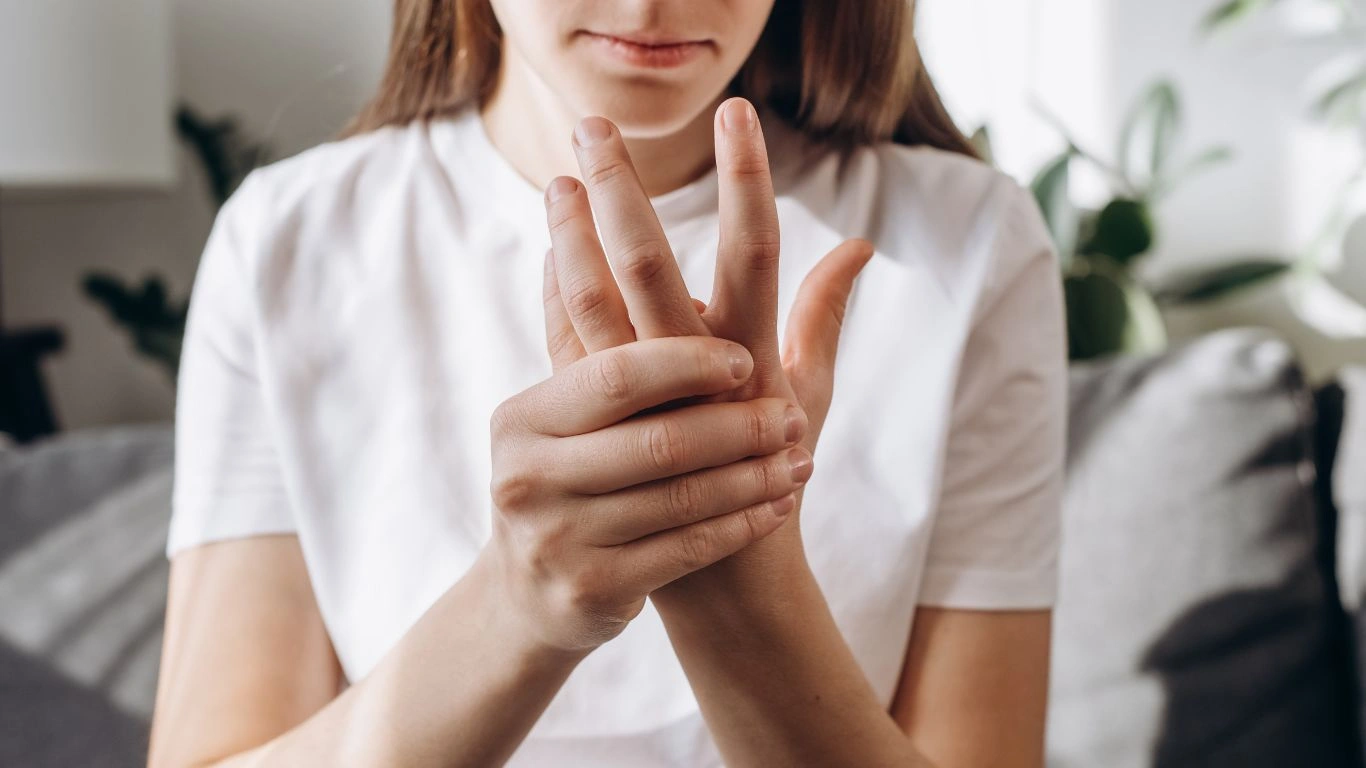Simple Daily Routine for RA Relief That Actually Works
If you’re like most of my patients, you’ve probably spent countless mornings trying to figure out how to start your day without that familiar joint stiffness dragging you down. Believe me, I get it. As a Rheumatology nurse practitioner, I’ve had so many conversations that start with the same question: “Is there a *daily routine for RA relief* that actually works?” The answer is—yes! But it’s not one-size-fits-all. What works for one person might not quite click for another. The good news? There are foundational habits that make a world of difference, and I’m going to walk you through what I’ve seen help real people live fuller, less painful lives.
Start Your Day with Intention (Not Inflammation)

Give Your Body Time to Wake Up
Morning stiffness is one of the biggest complaints I hear. That “tin man” feeling where your joints just don’t want to bend. Instead of rushing to the shower or hurrying to get breakfast, give yourself 10-15 minutes of gentle stretching in bed. I usually recommend starting with some slow ankle circles, wrist rolls, and neck rotations. Nothing crazy—just easing into motion.
One patient told me she keeps a heating pad near her bed and flips it on while she does her stretches. Game changer. That extra warmth can help loosen things up before your feet even hit the floor.
Hydration Comes First (Yes, Before Coffee)
I love my morning coffee as much as the next person, but I always tell folks to start with a big glass of water first. RA inflammation can be sneaky—dehydration can quietly make it worse. Plus, your joints will thank you. Add a slice of lemon or a splash of tart cherry juice for bonus anti-inflammatory benefits.
Building a Joint-Friendly Morning Routine

Choose Anti-Inflammatory Fuel
If breakfast is your first real act of self-care in the day, make it count. RA thrives on inflammation, so we want to push back from the inside out. Here are some RA-friendly breakfast staples I often recommend:
- Overnight oats with chia seeds, walnuts, and blueberries
- Avocado toast on whole-grain bread with a sprinkle of turmeric
- Scrambled eggs with spinach, mushrooms, and a dash of black pepper
One of my long-time patients swears by her “green smoothie ritual”—spinach, banana, ginger, flaxseeds, and almond milk. She says it gives her energy *and* makes her feel like she’s doing something proactive for her joints before her day gets wild.
Don’t Skip Movement—Even a Little Bit Helps
You don’t have to hit the gym hard (and honestly, with RA, that might do more harm than good). But light movement every morning makes a noticeable difference for most people. I’m talking gentle yoga, a walk around the block, or even a 5-minute tai chi video on YouTube. Just move something.
- Start with range-of-motion exercises—shoulder rolls, arm circles, knee lifts
- Progress to light stretches or yoga poses like cat-cow or child’s pose
- Use assistive tools if needed—like resistance bands or a foam roller
One trick I love to recommend? Set a mini-goal: “Move for 7 minutes before coffee.” That way, movement becomes a habit, not a chore.
Mind Over Matter: Your Mental Space Matters Too

Stress = More Flare-Ups
I’ve seen time and time again how unmanaged stress can fuel the RA fire. If your mornings start with chaos, you’re not doing your joints any favors. I’m a huge fan of building small mindfulness rituals into your daily routine for RA relief.
- 2-3 minutes of deep breathing while the kettle heats
- A simple gratitude list in your notes app
- Stretching while listening to calming music or nature sounds
One woman I work with uses a guided meditation app while brushing her teeth—multitasking at its best, and her joint pain has noticeably improved since she made this a habit.
Midday Adjustments to Keep You Moving

Work Smart, Not Stiff
Let’s talk about that stretch between lunch and quitting time—often the hardest part of the day for folks with RA. Whether you’re behind a desk, chasing kids, or working on your feet, midday stiffness can sneak up fast. One thing I always stress to my patients is to *build in movement breaks*. Seriously, set a timer if you have to. Every 45-60 minutes, take a 2-minute pause to move, stretch, or just reposition.
Ergonomics matter here. I’ve seen so many people try to tough it out at their workstation, only to end up with worsened joint pain. Investing in a supportive chair or an adjustable desk setup makes a massive difference. I’ve had patients bring in photos of their home or office setup, and we walk through simple tweaks to improve joint alignment and reduce strain. Just swapping out a mouse or adding a footrest can be magic.
Afternoon Fuel Without the Flare-Up
By mid-afternoon, your body is running low and cravings start kicking in. That’s totally normal. But sugary or processed snacks can throw inflammation into high gear. When I talk about a daily routine for RA relief, smart snacking is a sneaky but vital part of it.
- Almonds or walnuts (a handful, not the whole bag—I know, it’s hard!)
- Greek yogurt with a sprinkle of cinnamon
- Apple slices with almond butter
- Carrot sticks and hummus
One of my long-time RA patients brings a “snack kit” in a small cooler—makes it way easier to resist vending machine temptation. She told me the prep is worth it because she doesn’t crash or flare up as much in the evenings anymore.
Evening Wind-Down That Supports Joint Health

Release the Day—Mentally and Physically
Let’s be real: the end of the day is when fatigue sets in, and you just want to crash. But ending your day with intention can do wonders for your joint recovery overnight. I usually tell my patients to build in a 10-minute “reset window” before dinner or bed where you focus on winding down both mind and body.
- Gentle stretching or restorative yoga poses (legs-up-the-wall is a favorite)
- Warm bath with Epsom salts and a few drops of lavender oil
- Brief journaling—just 3 things you’re grateful for
Personally, I’ve gotten into the habit of using a small massage gun with a heating setting on my wrists and knees after dinner. Just 5 minutes, but it’s a game changer before bed.
Sleep Hygiene for RA Recovery
I can’t emphasize this enough—quality sleep is a cornerstone of daily RA relief. Inflammation is sneaky, and your body needs that overnight reset to reduce flare intensity. But tossing and turning from joint pain? That’s the norm for a lot of people I work with.
Here are a few bedtime tweaks that really help:
- Use a weighted blanket—it’s calming and can ease restless sleep
- Try a memory foam or adjustable pillow to support neck alignment
- Stick to the same bedtime and wake-up schedule every day (yes, even weekends—sorry!)
One of my patients told me she uses a heating pad timer that shuts off after 30 minutes. It warms her joints just enough to fall asleep without overheating her whole night. Little tricks like that go a long way when RA tries to rob you of rest.
Build Consistency, Not Perfection

Small Wins Add Up
One thing I always remind my patients: you’re not chasing perfection—you’re building consistency. A daily routine for RA relief doesn’t mean doing everything right every single day. It means having tools you can rely on when things get hard. And they will get hard sometimes. That’s just real life with RA.
If one day you forget your morning stretch or grab chips instead of almonds, it’s okay. This is a long game. I often suggest setting a few weekly non-negotiables—like “move for 10 minutes 3x/week” or “drink 2 full glasses of water before noon.” Once those are second nature, you build from there.
We’re aiming for resilience here. And trust me, I’ve seen patients go from barely getting out of bed to walking 2 miles a day, just by sticking to small changes. It’s not flashy, but it works.
Community, Accountability & Tracking Your Progress

You Don’t Have to Do This Alone
One of the biggest things I emphasize to my RA patients—and something I’ve seen over and over—is the power of community. RA can feel isolating, especially when people around you don’t “see” the pain. I always encourage folks to find or build their own circle. Whether that’s through a local support group, an online forum, or just a buddy who checks in weekly, accountability and emotional support are huge for sticking with a daily routine for RA relief.
There’s one patient I remember vividly—she started a walking group with two neighbors who also had autoimmune conditions. Nothing formal, just 20-minute walks three times a week. But the combo of movement, fresh air, and shared experience turned her whole routine around. She said, “I don’t just feel better—I feel seen.”
Track What Works (and What Doesn’t)
Here’s a truth bomb from my clinical life: not everything will work for everyone, every time. RA is unpredictable, and what helps one person might not touch someone else’s symptoms. That’s why tracking is your secret weapon. I always recommend using a simple journal, app, or notes on your phone to record:
- What you ate and how you felt afterward
- Which stretches or movements helped reduce stiffness
- How you slept and what may have impacted it
- Your pain level (even just a 1-10 scale)
Over time, patterns start to pop up. One patient discovered that on days she skipped her afternoon walk, her evening flare-ups were worse. Another noticed certain foods triggered next-day joint pain. This is the kind of insight that helps us fine-tune your daily routine without guesswork.
Partnering With Your Healthcare Team

Don’t Skip the Follow-Ups
As a Rheumatology nurse practitioner, I can’t stress this enough: your daily routine should complement your medical care, not replace it. That means keeping your appointments, updating your provider on changes, and speaking up when something feels off. We want to hear from you—what’s helping, what’s not, what’s confusing. Your voice matters.
I’ve had patients tweak their routine in amazing ways just from one open conversation. One woman started using paraffin wax dips at night after we talked about her hand stiffness, and it helped her sleep through the night for the first time in weeks. Simple changes can be powerful when they’re built on real, trusted communication.
Questions to Bring to Your Next Appointment
If you’re building or updating your routine, here are a few prompts I suggest bringing to your rheumatologist or NP:
- Are my current meds aligned with my activity level?
- Can I incorporate specific supplements or anti-inflammatory foods?
- What exercises should I avoid—or do more of?
- Could any of my daily habits be interfering with my medication?
These questions can open the door to better care, fewer flares, and a more customized approach to living with RA.
Your Daily Routine = Your Foundation
Keep It Flexible, Keep It Honest
Here’s the thing no one talks about enough—your RA routine is going to evolve. Some days will go smoothly, and others will throw you a flare you didn’t see coming. That’s okay. The goal isn’t to be perfect. It’s to build a structure that gives your body what it needs while letting life still happen.
Give yourself grace. You’re doing the work. Every stretch, every water refill, every mindful moment is part of your healing. And if today isn’t a great day? There’s always tomorrow to try again—with fresh coffee and maybe fewer creaky joints.
Where to Learn More
If you want to dig deeper into daily RA management, I recommend these trustworthy sources I often share with patients:
These organizations offer up-to-date, expert-backed information that can help you make informed choices about your RA journey. Use them as a supplement—not a replacement—for your provider’s advice.
Disclaimer
This article is for informational purposes only and is not a substitute for professional medical advice, diagnosis, or treatment. Always consult your rheumatologist or primary care provider before making changes to your treatment plan or daily routine. As a practicing Rheumatology nurse practitioner, my guidance is rooted in real patient experiences, but every person’s condition is unique—listen to your body and your healthcare team.

Tarra Nugroho is a dedicated Nurse Practitioner with a strong foundation in family and preventive care. She brings both compassion and clinical expertise to her practice, focusing on patient-centered care and health education. As a contributor to Healthusias.com, Tarra translates medical knowledge into clear, empowering articles on topics like women’s health, chronic disease management, and lifestyle medicine. Her mission is simple: help people feel seen, heard, and informed—both in the clinic and through the content she creates. When she’s not caring for patients, Tarra enjoys weekend hikes, plant-based cooking, and curling up with a good health podcast.





